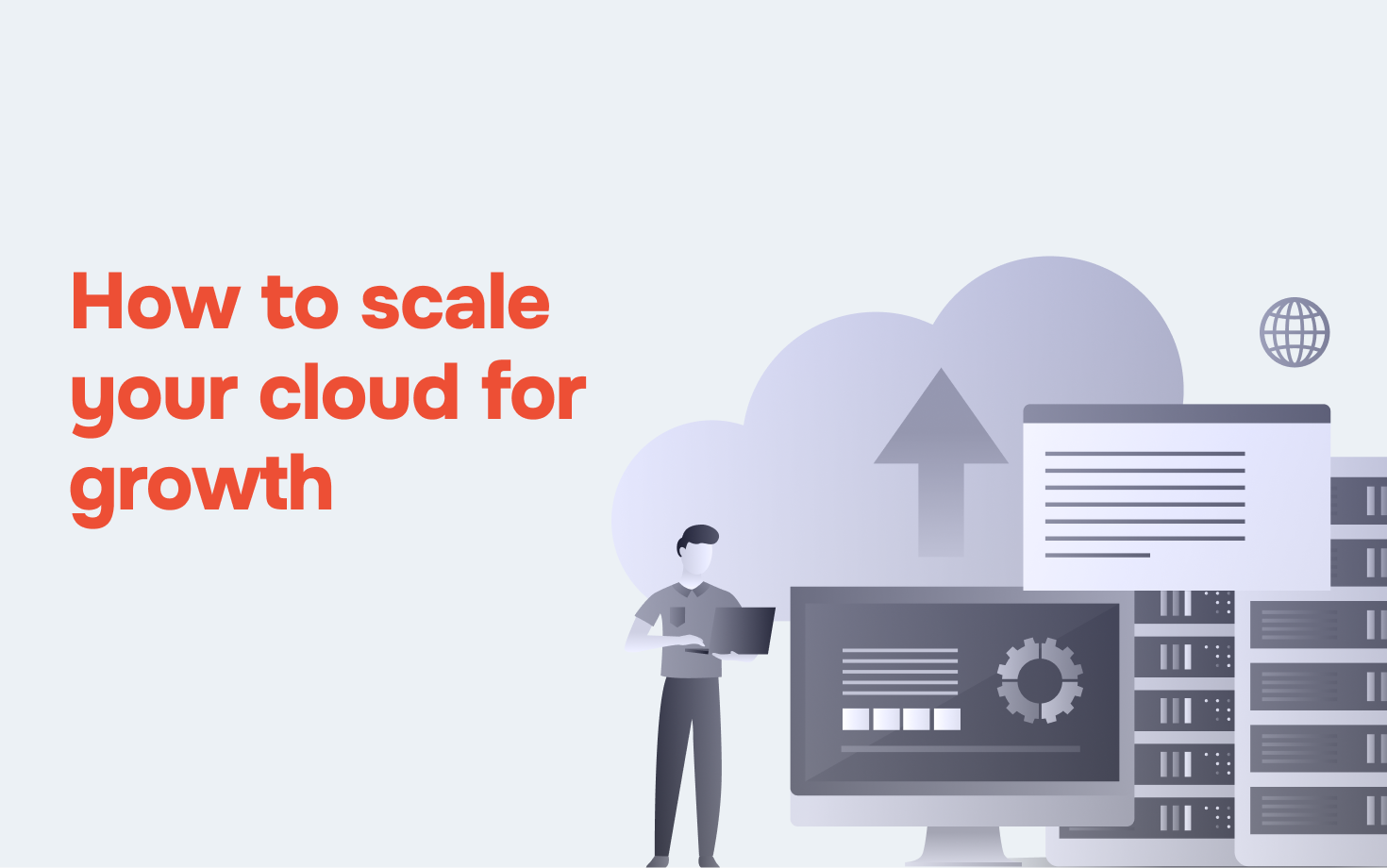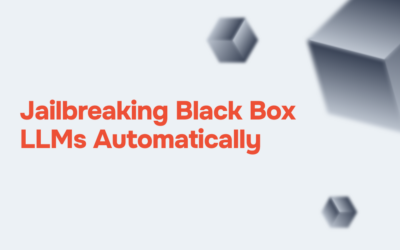
Whether it’s scaling up to handle peak traffic during seasonal events or scaling down to optimize costs during quieter periods, the flexibility to adjust resources dynamically is essential. Scaling empowers businesses to stay agile, responsive, and resilient in the face of growth and uncertainty. Let’s dive into some key considerations that guide our approach to building scalable cloud infrastructure.
Adopting Modularity and Microservices
Breaking down traditional applications into smaller, independently deployable services is a fundamental strategy for achieving scalability. One main advantage of transitioning from traditional architectures to microservices is improved fault isolation. For example, consider an e-commerce platform with separate microservices handling user authentication, product catalog, and payment processing. An issue with the payment processing service won’t impact the functionality of the authentication or product catalog services. This isolation allows teams to troubleshoot and resolve issues more efficiently, minimizing downtime and improving overall system reliability.
Leveraging Elasticity
With an elastic cloud infrastructure, your hosting provider can automatically detect spikes in traffic and dynamically allocate additional server resources to handle the increased load. For example, if your website typically runs on a single server but experiences a sudden surge in traffic, the cloud platform can automatically spin up additional server instances to distribute the load and ensure optimal performance.
Embracing Statelessness
Decoupling components and designing stateless applications are critical practices for achieving scalability. In a stateful application, each request from a user relies on previous interactions and stored session data. This can create bottlenecks and scalability challenges, especially as the user base grows.
However, by designing your services to be stateless, each request can be processed independently, without relying on past interactions or maintaining session state. For example, when a user makes a request to like a post, the service responsible for managing likes can process the request without needing to remember the user’s previous actions. This statelessness allows you to scale horizontally by adding more instances of the like service as the number of users and likes grows, without worrying about performance bottlenecks.
Containerization and Orchestration
With containerization technologies like Docker, you can package each microservice and its dependencies into lightweight, self-contained containers. For example, you could create a Docker container for the user authentication service, another for the product catalog service, and so on. Each container encapsulates the application code, runtime, libraries, and other dependencies needed to run the service, ensuring consistency across different environments, whether it’s development, testing, or production.
Now, let’s talk about orchestration. As your application grows and you deploy more containers across multiple hosts or clusters, managing them manually becomes impractical. This is where container orchestration platforms like Kubernetes come into play. Kubernetes provides powerful tools for automating tasks such as scaling, load balancing, and service discovery.
Cost-Conscious Engineering
This involves carefully evaluating the cost implications of each design decision and implementing strategies to optimize resource usage and reduce expenses. For instance, when selecting instance types for your cloud infrastructure, you opt for cost-effective options that meet the performance requirements of your application. Instead of choosing high-performance instances by default, you analyze your application’s workload and choose instances with the appropriate CPU, memory, and storage specifications to minimize costs without sacrificing performance. Read Hexon Global’s primer on AWS costs to get a full picture of the options you have.
Contact Hexon Global for Your Cloud Scaling Needs
Hexon Global is an AWS Advanced Consulting Partner, renowned for our extensive proficiency and experience in navigating the intricacies of AWS security. Our team of seasoned experts is dedicated to empowering businesses like yours to harness the full potential of their cloud investments while effectively optimizing costs. Reach out to us Reach out to us.
Contact Us
Get in touch
Understand how we help our clients in various situations and how we can be of service to you!





